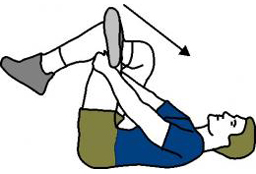Physical therapy in Fairport and Rochester for Exercise
Welcome to STAR Physical Therapy's stretching guide for exercise. Stretching is an essential part of successful participation in exercise. A good stretching routine can help to minimize muscle imbalances, prevent injury and improve your performance. The following stretching program is designed for individuals who do not have any current injuries or individual stretching needs. If you have an injury, or a specific mechanical imbalance that may be holding back your exercise performance or participation, your physical therapist at STAR Physical Therapy can design a stretching program just for you.
When is the Best Time to Stretch?
When your muscles are warm and relaxed! The simplest form of exercise is walking, but don’t underestimate its demand on the body. Doing a few dynamic stretches after you’ve been walking for a few minutes will help you maximize the benefit to your muscles and cardiovascular system. Other types of exercise like aerobics, dance, and boot camp can be very high intensity, so you'll need to do both dynamic and static stretching to prevent injury due to overload or fatigue. Pilates and yoga classes incorporate a warm up and dynamic stretch into the class so you may not need to prepare quite as much. Dynamic stretches form part of your exercise warm-up. Static stretches can be included at the end of your cool down or at other times to improve your overall fitness.
Pre-class or general warm-up routine:
General warm up (5-10 minutes). The aim of a general warm-up is to get the blood flowing to all parts of the body to be used during your type of exercise, including the cardiovascular system. A warm up may involve doing your chosen exercise at a lower intensity (walking or aerobics), or something different like stationary cycling or jumping jacks.
Dynamic stretching. Gradually the speed and intensity of your movement is increased. See below for stretches.
Post-exercise:
Cool down. A cool down allows the body, in particular the cardiovascular system, to gradually return to its resting state. A cool-down reduces your chances of becoming dizzy or faint after exercise, allows any waste such as lactic acid that has built up during exercise to dissipate and may reduce your chance of having Delayed Onset Muscle Soreness (DOMS). Cool down by gradually reducing your intensity of movement such as walking slower or doing low impact aerobic steps for about five minutes.
Static stretches. Commence your stretching regime directly after a short cool-down, before the muscles have cooled completely.
Rules for Dynamic Stretching:
The dynamic stretching program detailed below shows stretches for the major muscle groups that multi-directional exercise like aerobics or boot camp involve, but they are equally applicable to regular walking.
Warm up your muscles first, then stretch while your muscles are still warm.
Move through your range of movement, keeping control of the movement with your muscles. Do not allow momentum to control the movement by "flinging" or "throwing" your body parts around.
You may feel light resistance in your muscles, but you should never feel pain during a stretch.
Start with slow, low intensity movements, and gradually progress to full-speed and high intensity movements that your choice of exercise involves.
Dynamic Stretches:
Examples:
Trunk rotation
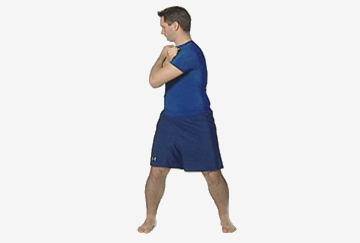
Lunges
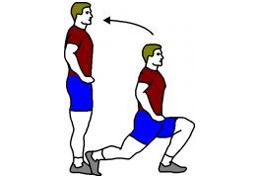
Leg swings forward and back
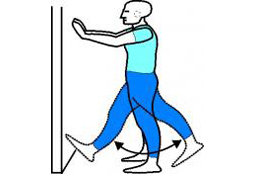
Arm circles
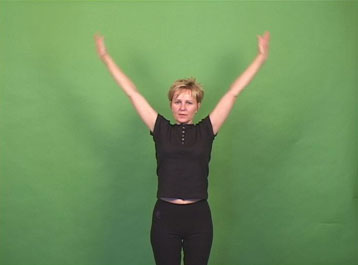
Groin
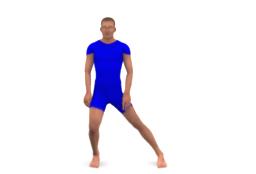
Leg swings sideways
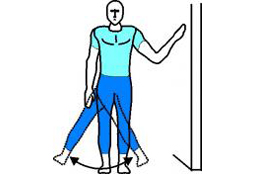
Rules for Static Stretching:
Warm up your muscles first, then stretch while your muscles are still warm.
Slowly take your muscles to the end of their range. You will feel light resistance in the muscle, but you should never feel pain during a stretch.
Hold the stretch in a static position. Do not bounce. This will help slow down the nerve impulses and return your muscles to a resting state.
Hold each stretch for 20-30 seconds. Repeat each stretch 3-4 times.
Static Stretches:
Quadriceps Stretch
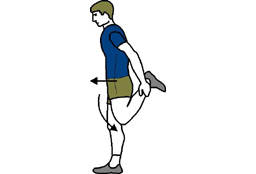
Calf (Gastrocnemius)
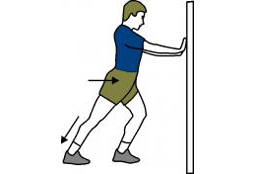
Calf (soleus)
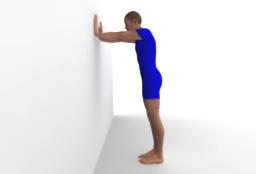
Triceps
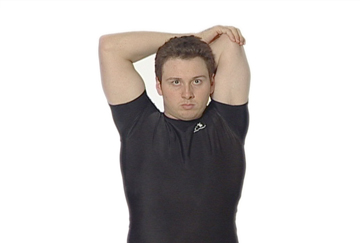
Pectoral muscles
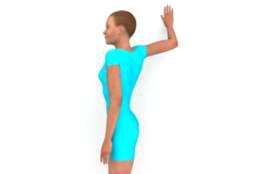
Lumbar spine lateral flexors
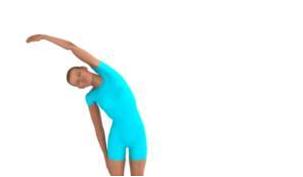
Hamstrings
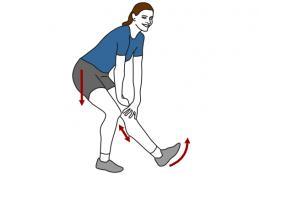
Hip flexors
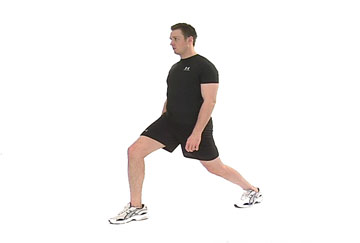
Groin
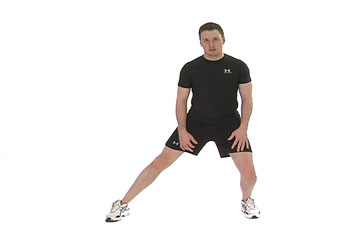
Gluteal muscles
